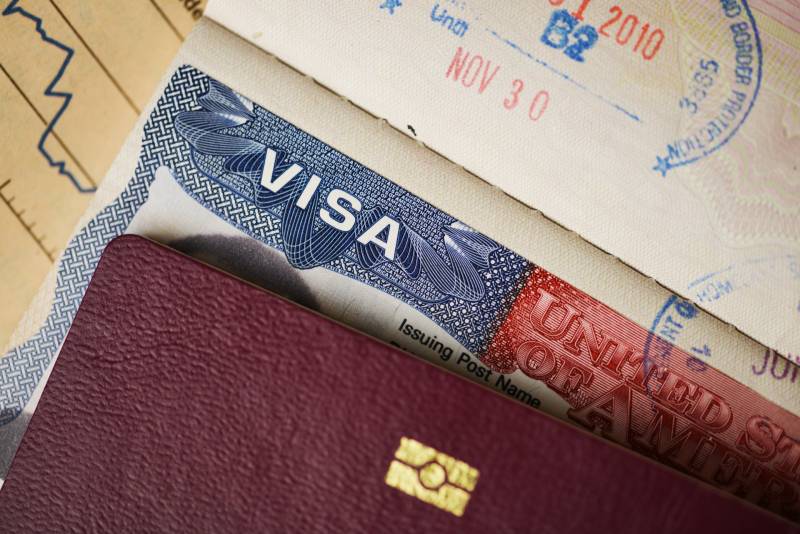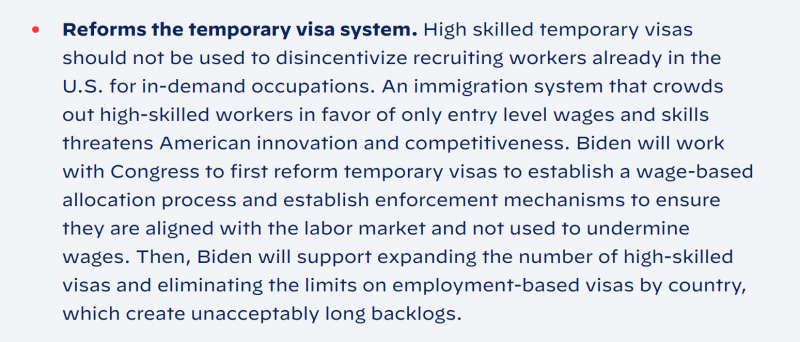The second major issue labor advocates have with this visa is how it is used to mistreat foreign workers. People who wish to work in the U.S. on an H-1B need a company to sponsor them for the visa, and — if they want to stay on permanently — for a green card. This leverage allows companies to discourage workers from changing jobs and to keep wages low, which they do.
For a story on The World in 2013, I interviewed a worker who was experiencing just this. He didn’t want to use his name for fear of retaliation. He said he was getting paid 20% less than U.S. workers doing the same job.
“I am being paid less, which sucks for me,” the programmer said, “but it also sucks for American developers because I am a threat to them in some ways. I am cheaper.”
It started when he got his job offer. He felt like he had to accept a low rate because they were offering him a visa.
“Maybe it’s just naivete on my part but I definitely think they low-balled me and I was like, ‘OK, yeah sure,’ ” he said.
The third issue with the H-1B is that a majority of the visas aren’t going to truly high-skilled workers like top college graduates and ace programmers.
Instead, firms like IBM and Accenture use the visa to hire people for routine information technology work, such as server maintenance and low-level programming. And international IT contracting companies like Wipro and Infosys use the visa to offshore work, mainly to India. Contracting companies send people on H-1B visas to banks, universities, accounting firms in the U.S. Those workers then serve as liaisons to large teams, mostly in India, who work for much lower pay.
Neeraj Gupta knows how this all works. He has had management positions at Oracle and other tech companies where he says he was instructed to outsource jobs. “I remember sitting in Washington, D.C. in 2008 with a proposal that was going to outsource 300 American jobs,” he said.
In a 2016 interview with KQED, Gupta, who came to America on an H-1B visa himself, said the H-1B visa program needed to be changed so it can’t be used as an outsourcing tool. “I do believe there is an underutilized workforce here in the U.S.,” he said. “Kids who could get much more meaningful jobs in the technology industry.”
Companies get so many H-1B visas for outsourcing and lower-skilled IT jobs that there aren’t enough visas left for truly high-skilled workers. The visas are distributed through a lottery system, meaning lower-skilled workers have the same chance as graduates from top U.S. colleges to get one. And there have been so many applicants in recent years, only one in three people receive a visa. That means many people who come to the U.S. and study at the best universities end up having to leave and take their talents elsewhere.


